Which Best Describes The Stylistic Influence Evoked In The Melody Of This Excerpt?
Which best describes the stylistic influence evoked in the melody of this excerpt?. The Elements of Music 2 RHYTHM Rhythm is the element of TIME in music. Where a folk song originated is rarely known to its community and thus the anonymity of the creative process was once considered a major criterion of folk music identification. The rag was a modification of the march made popular by John Philip Sousa with additional polyrhythms coming from African music.
Claude Debussys Musical Style Background Debussy provided the first real alternative to the music and style of the German Romantic Wagnerians. Asked By adminstaff 18122019 0657 AM. MUSIC CHAPTER 56 QUIZ.
Which best describes the stylistic influence of the melody of this excerpt. Which instrument performs the melody in this excerpt first. The phrase that best describes the general shape of melody during the Romantic period is.
Elements often termed impressionistic include static harmony melodies that lack directed motion surface ornamentation that obscures or substitutes for melody. He established France as a musical power and opened up Western music to non-Western influences. Porgy Bess-Introduction Summertime melancholic African-American spiritual Celtic lullaby lively Dixieland jazz big.
In a classic rondo form the A section is repeated several times while interspersed with other sections Bs and Cs. Tommy Evik First Meeting 1983 Stencil on Paper Which art category does this image most reflect. When you tap your foot to the music you are keeping the beat or following the structural rhythmic pulse of the musicThere are several important aspects of rhythm.
Neoclassicism in music was a twentieth-century trend particularly current in the interwar period in which composers sought to return to aesthetic precepts associated with the broadly defined concept of classicism namely order balance clarity economy and emotional restraintAs such neoclassicism was a reaction against the unrestrained emotionalism and perceived formlessness of late. It has become clear however that folk songs and other pieces are the result of individual creation either by villagers or by professional or church. It was usually written in 24 or 44 time with a predominant left-hand pattern of bass notes on strong beats beats 1 and 3 and chords on weak beats beat 2 and 4 accompanying a syncopated melody in the right hand.
Which best describes the stylistic influence evoked in the melody of this excerpt. Impressionism in music a style initiated by French composer Claude Debussy at the end of the 19th century.
Which instrument performs the melody in this excerpt first.
Folk music - Folk music - General characteristics of folk music. Where a folk song originated is rarely known to its community and thus the anonymity of the creative process was once considered a major criterion of folk music identification. OTHER SETS BY THIS CREATOR. Which term best describes the melodic contour in this excerpt. The urn itself is ancient. Which instrument performs the melody in this excerpt first. MUSIC CHAPTER 56 QUIZ. Asked By adminstaff 18122019 0657 AM. Claude Debussys Musical Style Background Debussy provided the first real alternative to the music and style of the German Romantic Wagnerians.
The urn itself is ancient. In a classic rondo form the A section is repeated several times while interspersed with other sections Bs and Cs. It has become clear however that folk songs and other pieces are the result of individual creation either by villagers or by professional or church. The centrality of improvisation is attributed to the influence of earlier forms of music such as blues a form of folk music which arose in part from the work songs and. He established France as a musical power and opened up Western music to non-Western influences. Which best describes the stylistic influence evoked in the melody of this excerpt. Which instrument performs the melody in this excerpt first.








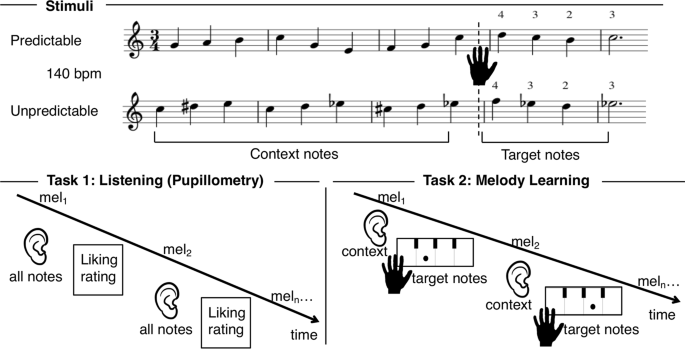
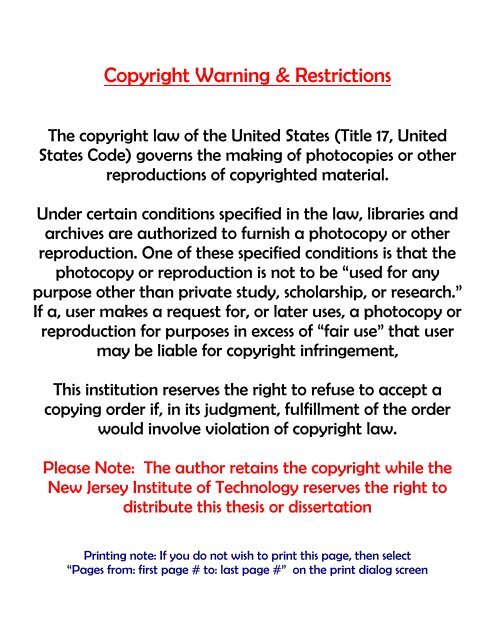

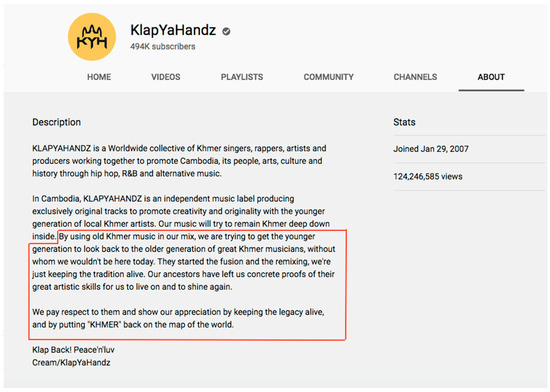


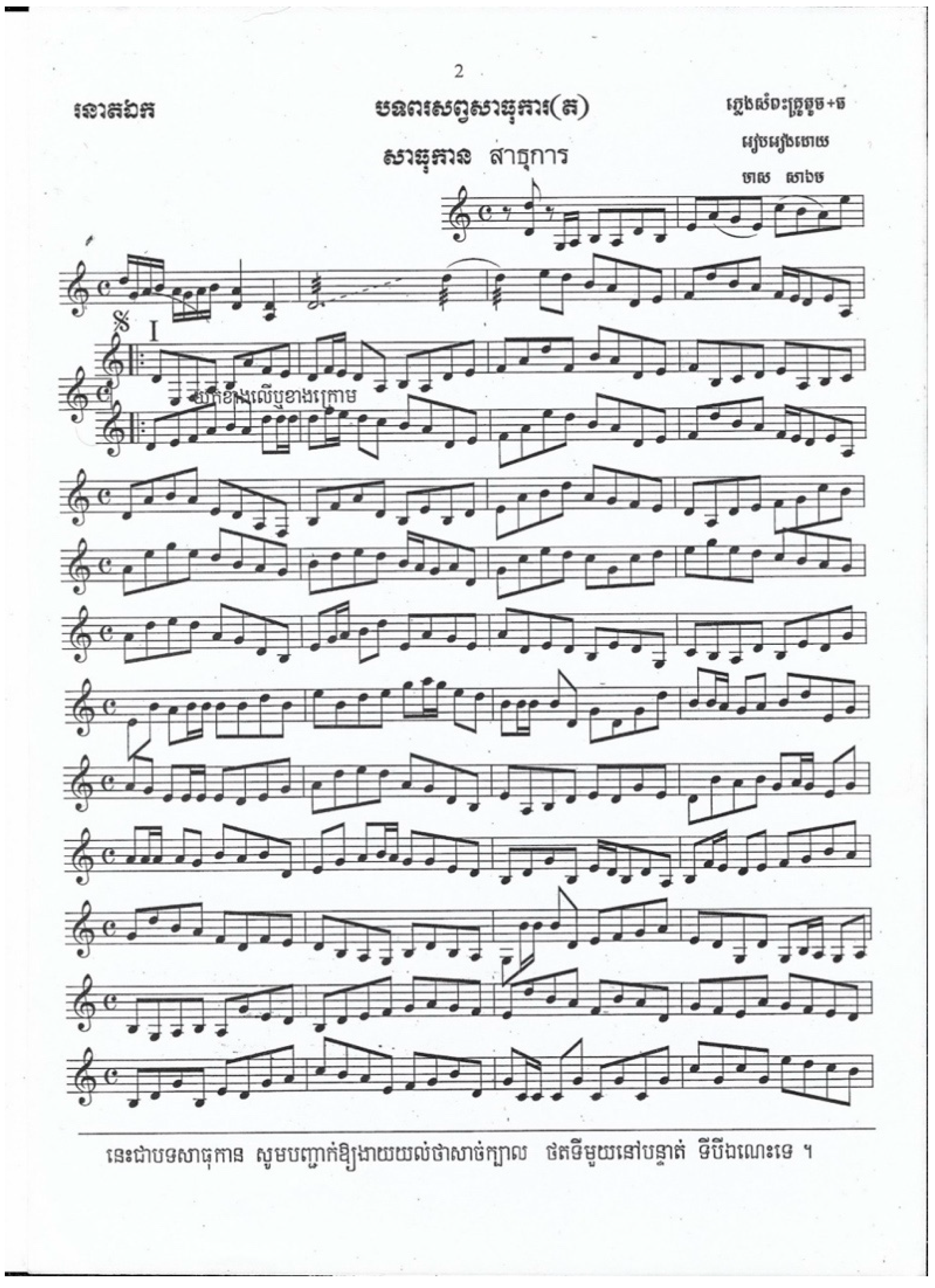
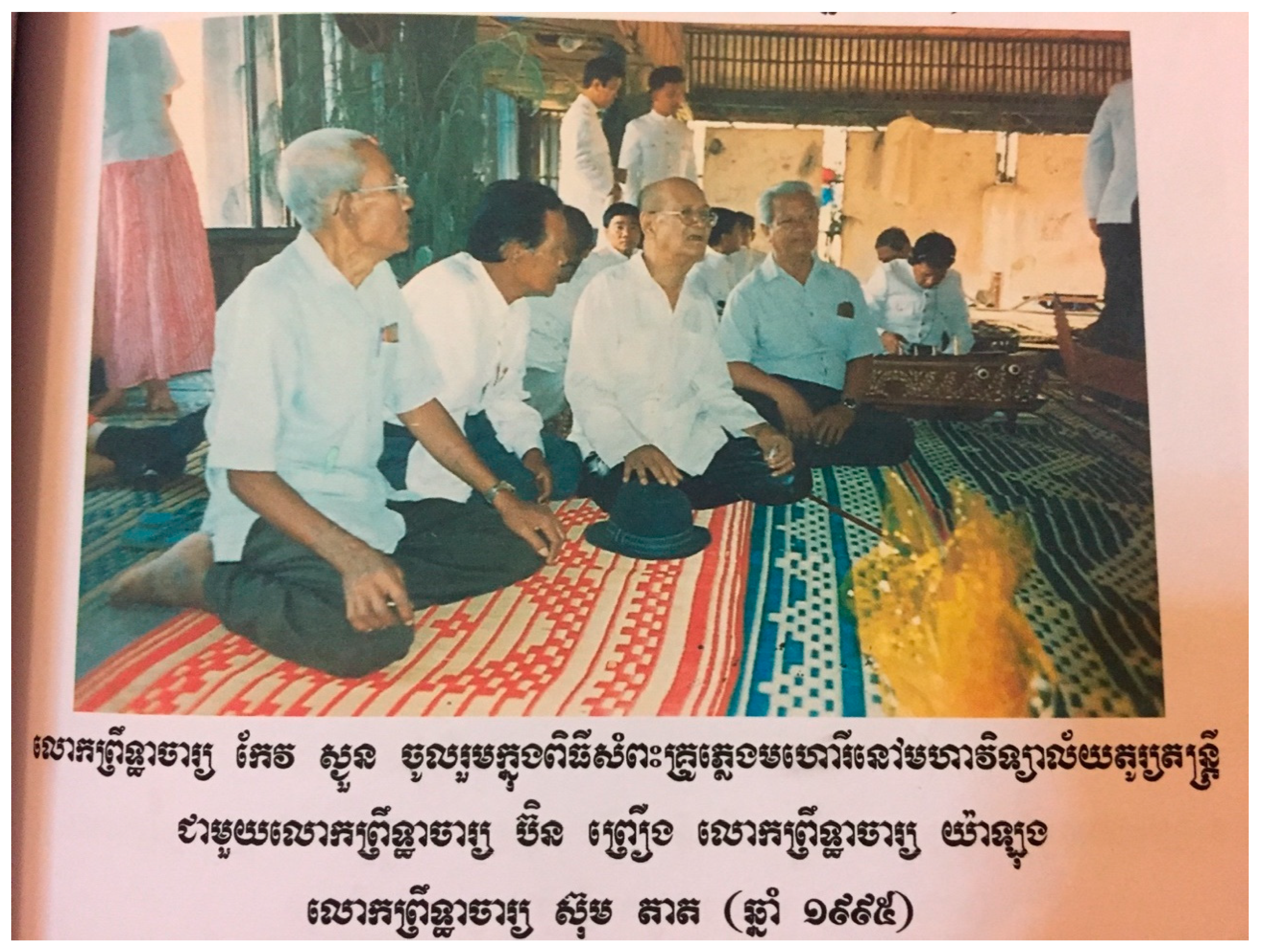




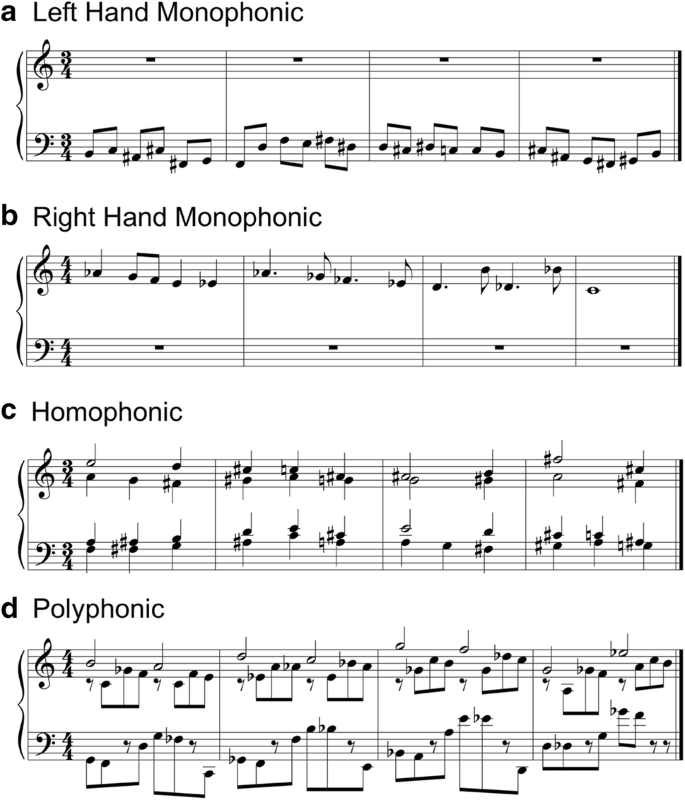

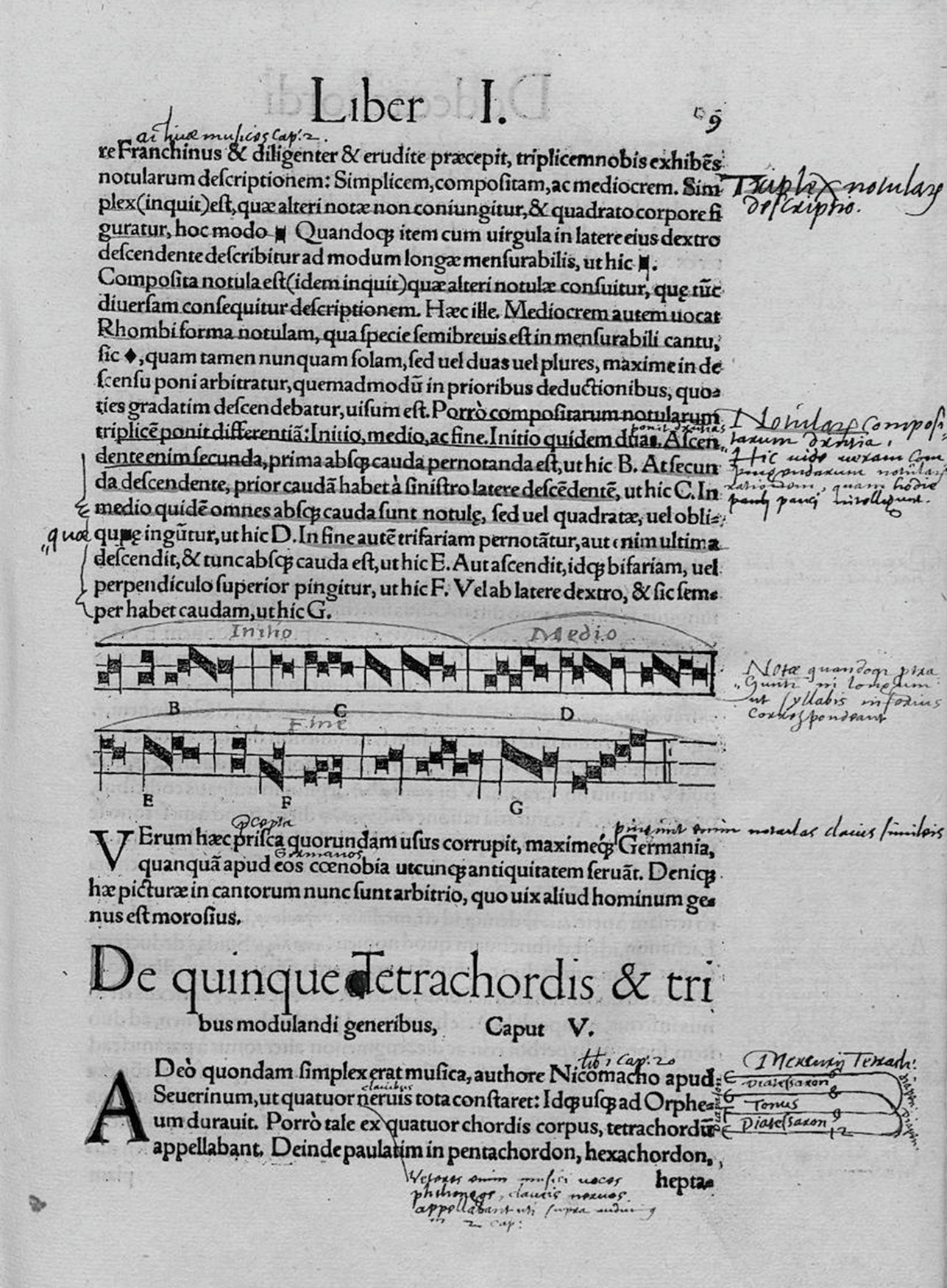


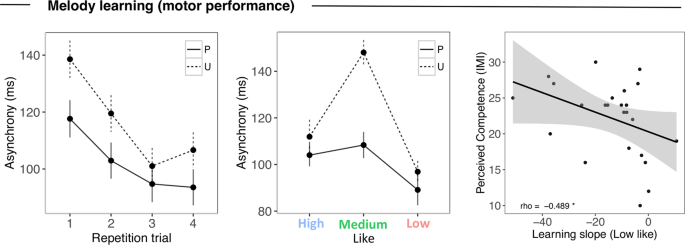
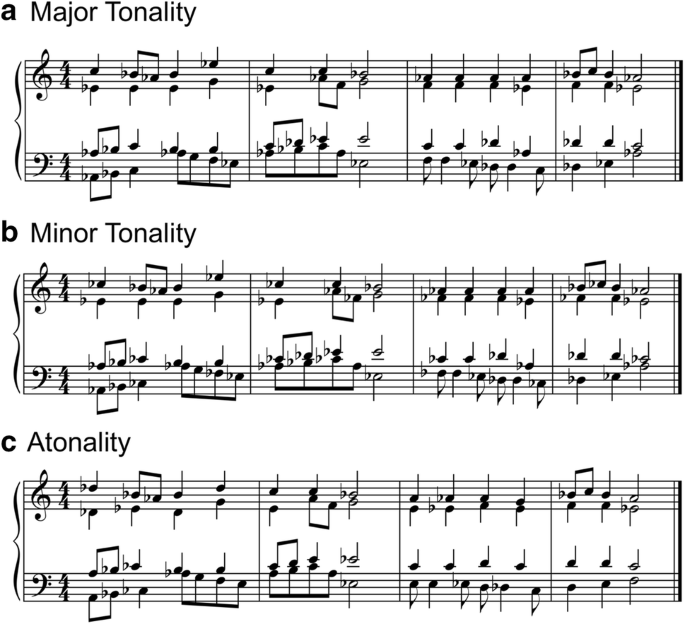


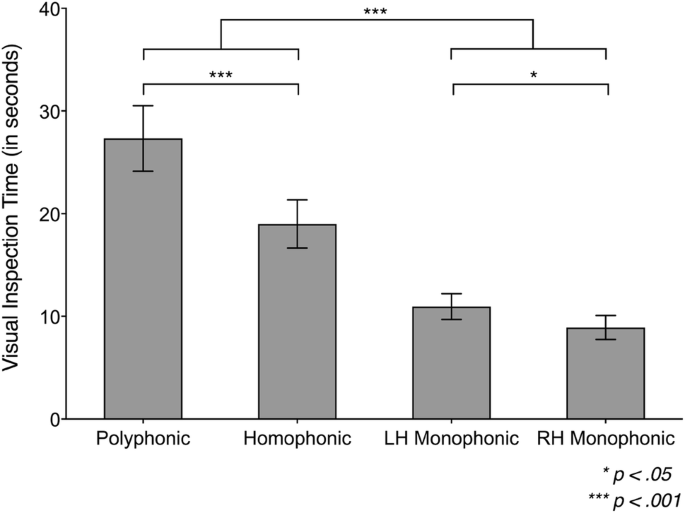

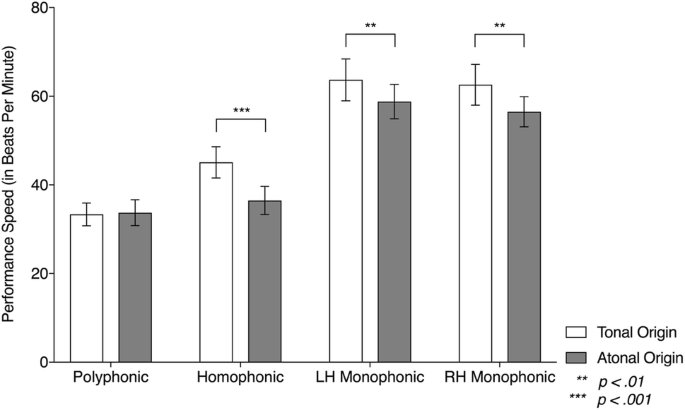
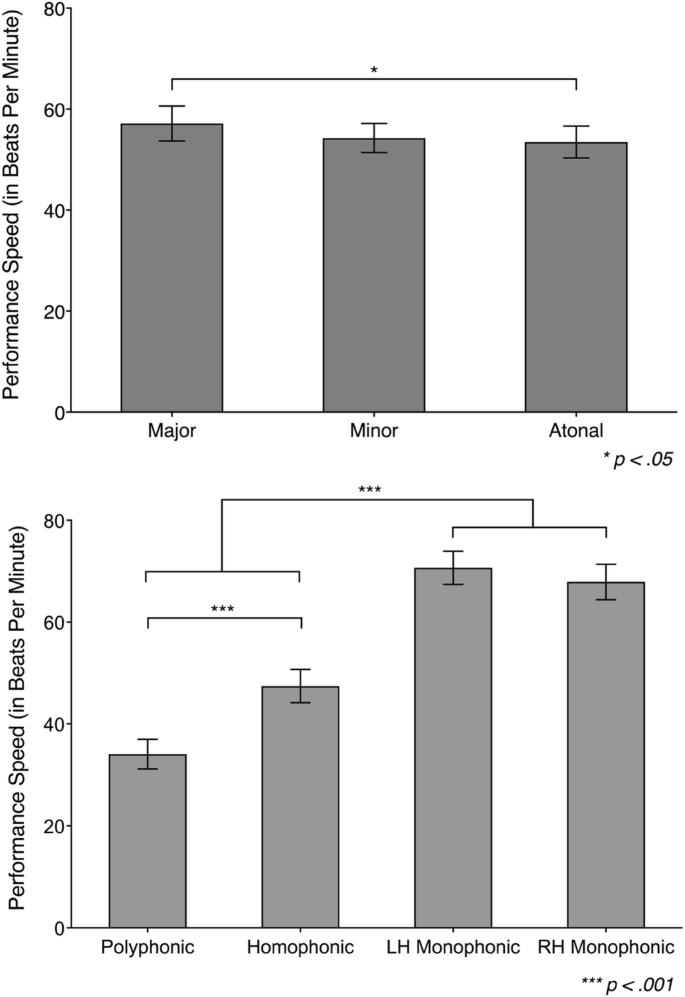
Post a Comment for "Which Best Describes The Stylistic Influence Evoked In The Melody Of This Excerpt?"